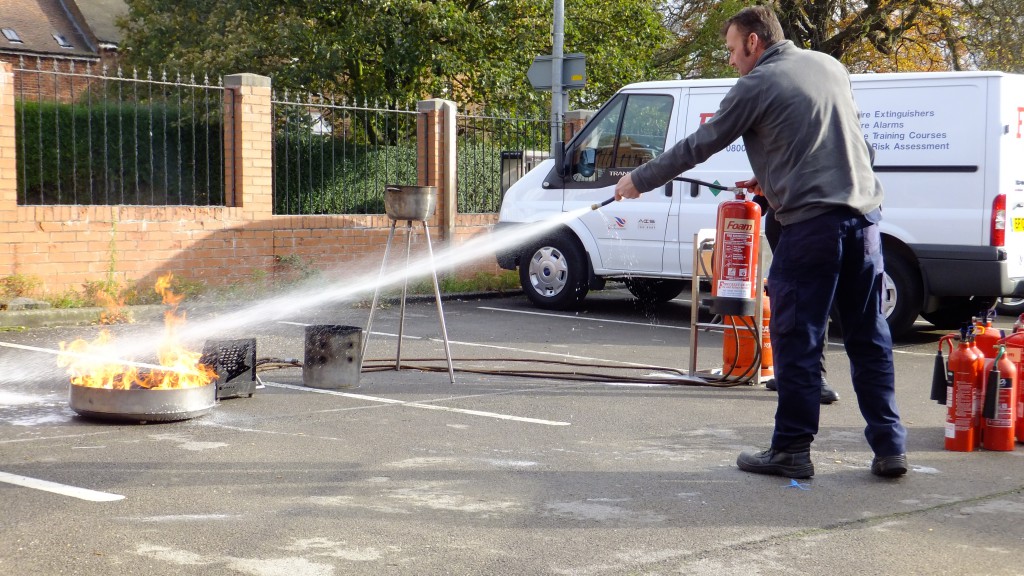Fire safety incidents can be overwhelming and cause significant damage, but they also provide an opportunity to learn and improve safety measures. Understanding the right steps to take after an incident ensures continuous improvement and better preparedness for future emergencies.
Immediate Steps After a Fire Safety Incident
1. Ensure Safety and Assess Damage
The first priority after a fire incident is to ensure the safety of everyone involved. If necessary, seek medical attention for injuries and check for any remaining hazards. Once it’s safe, assess the extent of the damage.
2. Report the Incident
All fire incidents should be reported to the relevant authorities and internal safety teams. This step is crucial for compliance, insurance claims, and investigation purposes.
3. Document the Scene
Take photographs and notes about the fire’s impact. Collect statements from witnesses and first responders to understand what happened and how the fire started.
4. Secure the Area
Prevent further damage and unauthorized access by securing the affected area. This may include shutting down utilities, reinforcing entry points, and using temporary barriers.
Investigating the Cause
5. Conduct a Fire Safety Audit
A thorough fire safety audit helps identify the root cause of the incident. Work with fire safety professionals to analyze the origin, possible safety breaches, and areas for improvement.
6. Review Safety Protocols
Examine whether existing safety protocols were followed correctly. If there were lapses, determine why they occurred and how they can be corrected.
7. Evaluate Fire Safety Training
Assess whether staff had adequate training to handle the situation. Employees who have completed a fire safety and security course are more likely to respond efficiently during emergencies.
Implementing Improvements
8. Update Fire Safety Policies
Based on the findings from the investigation, update fire safety policies and procedures to address gaps and prevent similar incidents in the future.
9. Enhance Fire Prevention Systems
Invest in fire prevention measures such as improved fire detection systems, extinguishers, and fire-resistant materials. Regular maintenance of equipment is essential to ensure effectiveness.
10. Conduct Regular Fire Drills
Fire drills help employees practice evacuation procedures and build confidence in emergency response. Schedule regular drills and provide constructive feedback for improvement.
11. Train Employees on Fire Safety
Encourage employees to enroll in professional fire safety and security courses to improve their knowledge and response capabilities. Training should cover fire prevention, evacuation strategies, and first-aid measures.
Long-Term Fire Safety Planning
12. Develop a Business Continuity Plan
A fire can disrupt business operations. Having a business continuity plan ensures minimal downtime and a structured recovery process.
13. Engage with Fire Safety Experts
Consulting with fire safety professionals ensures compliance with UK fire regulations and enhances workplace safety.
14. Review Insurance Policies
Ensure your insurance policy covers fire-related damages and liabilities. Regularly update policies to align with business growth and risks.
Conclusion
A fire safety incident should serve as a learning experience to strengthen safety measures. Taking proactive steps, such as enrolling in a fire safety and security course, improves preparedness and response efficiency.
At Emcare, we provide comprehensive fire safety training to help businesses and individuals enhance their knowledge and readiness for fire emergencies.
For more information about technology visit ddn property

